Pronation, supination, neutral: the different holds in weight training
In bodybuilding, it is important to respect a certain number of rules for the sessions to be effective. Rest, recurrence, a balanced diet rich in proteins, as well as an intelligently thought-out session with different exercises each time, are the keys to success in building muscle efficiently. Indeed, the fact of changing exercises regularly will lead the biomechanics of the muscles to develop more quickly and efficiently because other parts will be solicited. Hence the importance of varying the type of movement and holds in weight training! We will see this in more detail.
Contents
The different holds in weight training
Practically all exercises, except those used to work the lower body, require your hands. Several hand holds exist and should be used according to your exercise and what you wish to do. If you force abnormally and must solicit another muscle than the arm to carry out these exercises, it is advised to lower the load. The important thing in a bodybuilding session is not to lift a lot but to carry out the movement perfectly without hurting yourself or having of injuries.
Pronation allows you to use the supinator, pronator and forearm muscles. Therefore, thanks to the anatomy of the hand muscles and tendons, you can work in different ways.
Here are the different outlets:
- Pronation It refers to the movement and position of the arm that corresponds to the palm of the hand facing the ground (hand pronation).
- Supination This movement and this position of the arm correspond to an open hand facing the sky.
- Neutral or hammer This arm grip does not imply a specific hand position. The opening of the hand is here parallel to the body. The movement starts at the bottom and you have to bring back the arm to 90° and start again by bringing back the arm without jerks.
- Rotating grip This grip consists in starting in neutral (or hammer) grip and finishing in supinated grip by rotating the hand during the execution of the movement.
- Reverse socket It implies a two-handed grip on the bar. This grip generally consists of having one hand in supination and the other in pronation, for example in the deadlift or sumo deadlift.
- Hook socket To perform this hold, you must place your thumb on the bar, which is already in your open hand in supination, then close your fingers on your thumb.
- Suicide plug This grip refers to a position of the thumb outside the bar. In fact, the thumb is placed on the same side as the other fingers, contrary to the classic holds where the thumb always comes in opposition. This suicide grip without the thumbs in safety, is used for moderate loads but sometimes for heavy loads (from where the expression "suicide grip" because risky for not experienced practitioners) when the bar is in front of the bust.
What's in it for each of them?
The whole point of changing movements is to challenge different parts of the muscle with each movement. That's how you progress.
- Pronation grip The interest of having the hands in pronation implies a more in-depth work of the biceps and the elbow joint.
- Supine grip The interest of having the hands in supination is to solicit more largely the triceps.
- Neutral or hammer socket The interest to carry out this catch is to solicit the external part of the biceps to make him take in volume.
- Rotation grip This grip, which mixes neutral holds and supination, is a combination of the two interests brought by these holds.
- The reverse socket Also called mixed grip: the interest to place its hands in supination pronation on a bar, is to have a better grip, a better stability and thus to be able to raise heavier loads. (often used by the powerlifter)
- The hook socket The interest of this grip is to be able to lock your grip correctly and thus be able to lift heavy loads more easily.
- The suicide plug The interest of this catch is to gain in power and explosiveness to raise the bar. However, it is necessary to pay attention not to break the wrist because the bar is not retained by the inches.
Read this article if you don't know which load to use: How to choose your weights to build muscle properly?
What exercises can we use to do the different holds?
The muscles are solicited differently for each hold and this is what helps to diversify your training, the movements you perform and thus, maximize your gains!
Pronation grip
This thumbs-up hold can be used in arm exercises to work the triceps, shoulders, forearms or trapezius with dumbbells, machines, barbells or pulleys (cable pulls). It is possible to work the pectoral muscles with pulleys. It is also possible to use a grip in pronation for the exercises of traction of the body (traction pronation) which solicits almost all muscle groups that make up the upper body. The muscle groups that are most used in traction are the triceps.
Supination grip
This grip is used like its opposite (pronator supinator) for the exercises concerning the arms and in particular the biceps, the shoulders or the pectoral ones, by using weights, machines, bars or pulleys opposite. The exercises on bar of traction (supine traction) are also feasible and involve the biceps more generally.
Pronation or supination traction therefore provides two interesting variations.
Neutral or hammer socket
The grip is carried out for the biceps but also the shoulders or the trapezoids using a dumbbell or a machine. It is also possible to carry out movements of traction neutral catch.
Rotation socket
It is possible to work only the biceps with this grip. To work the biceps, it is necessary to place your arms along the body in neutral position and to go up as high as possible towards your shoulders by gradually turning your wrist in order to finish in supination. It is necessary to carry out the reverse for the second part of the movement, while controlling the descent of your arm.
Reverse plug (or combination plug)
If you want to work the trapezius in reverse grip, you need to hold your weight bar firmly with one hand pronated and one supinated, and place the bar at your thighs. The exercise then consists of simultaneously raising and lowering your shoulders without moving your arms, so that your trapezius muscles are challenged by the load. For a back and leg exercise (the deadlift), you need to hold the bar at your thighs and perform a controlled flexion-extension. The bar should reach your shins and your back should remain sheathed.
Hook socket
You can adapt this grip to any exercise that lends itself to it. With the weight "locked in" you will be able to handle heavy loads better.
Suicide plug
This grip is recommended for pectoral exercises such as the bench press or also some shoulder bar exercises.
Now you know how to vary your workouts with the different types of holds, to achieve ever more encouraging results!
Now it's up to you to choose a training plan that works for you!
Additional articles :
Focus on supersets in bodybuilding
Time under tension, a good progression technique
How to choose a good bodybuilding coach?
What exactly is the Roman chair?

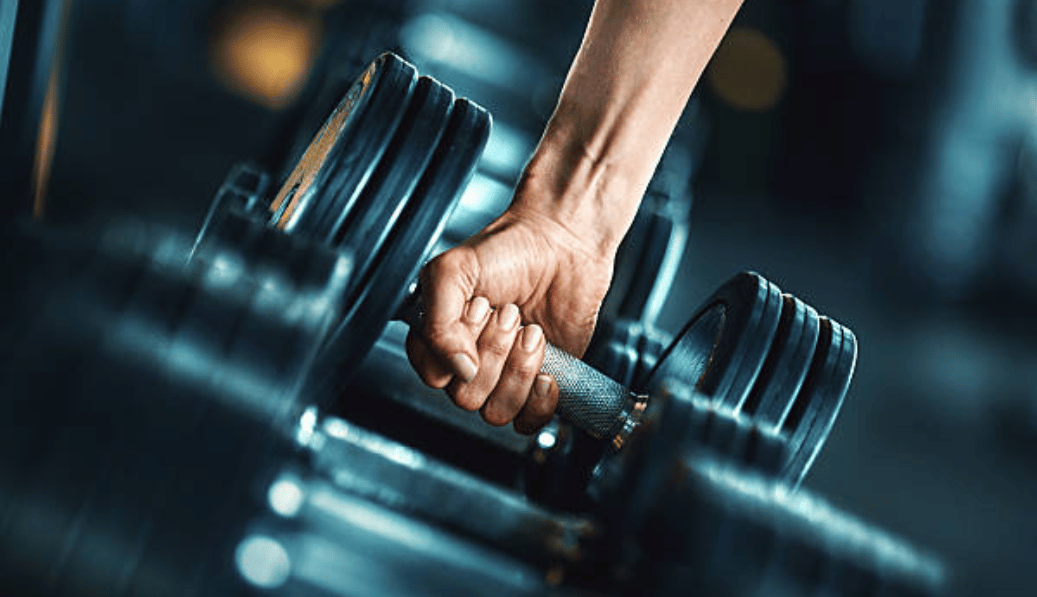
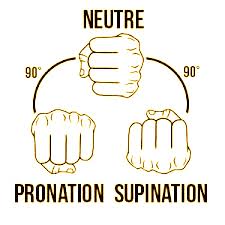
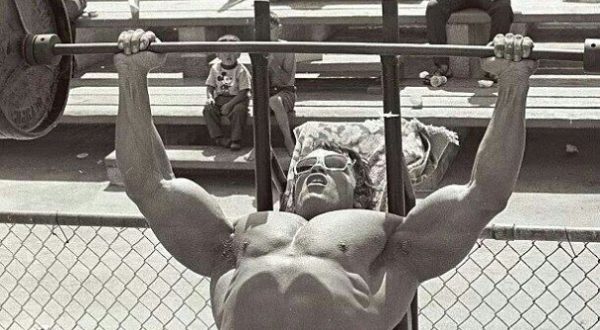
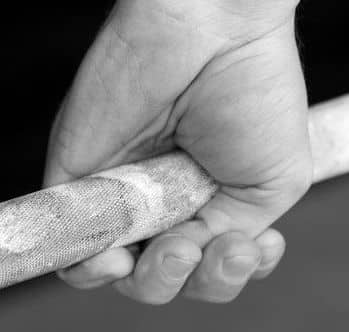


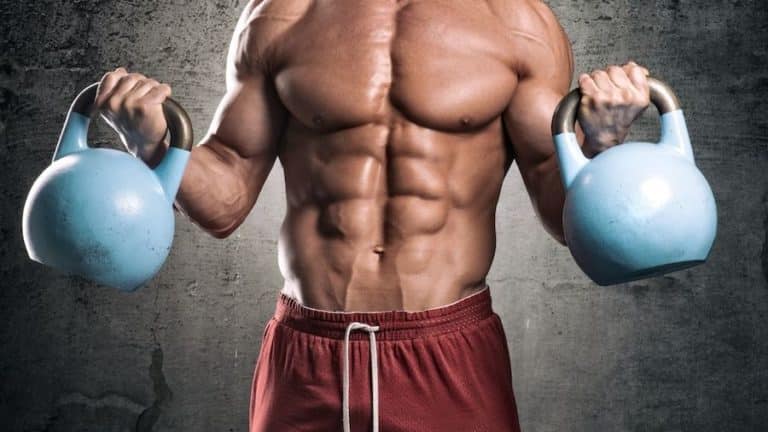

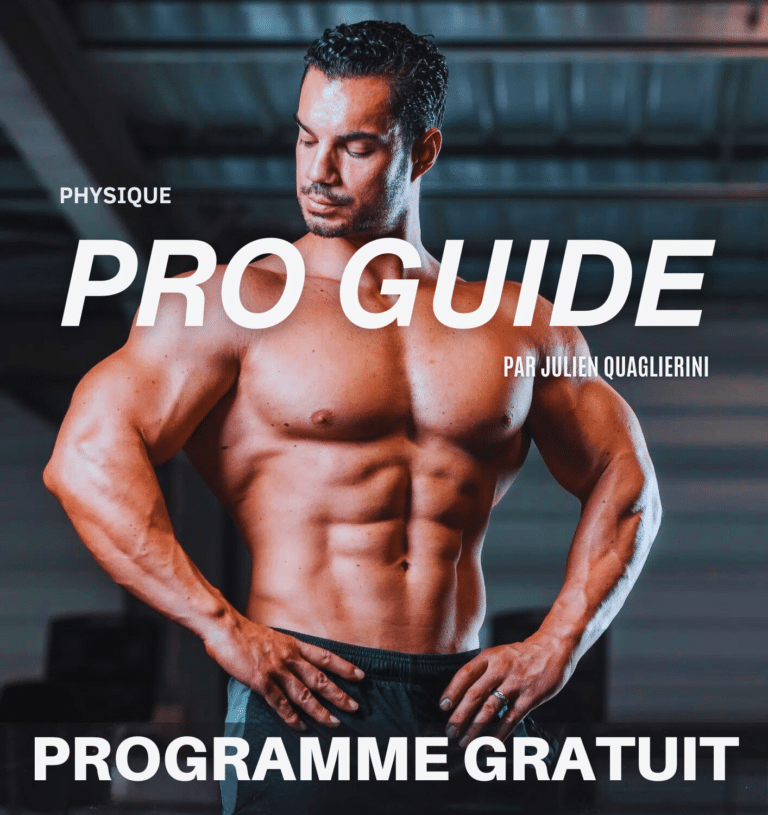
I use the "suicide grip" for the chest pull or the bent over chest rowing. From what I feel, less activation of the biceps; formidable for the sensations in the forearms.
Yes you are right, the suicide grip is better in terms of feel for back exercises in general. For my part, I use the pull-up hooks for all back exercises, rowing and pulling so as not to put too much strain on the forearms and arms.
Interesting: I'm going to try this grip because the suicide grip I was using is killing my forearms on these exercises, and limiting me.
Very interesting articles
I love what you are able to convey with your humility
you deserve to be more famous than that
Thank you very much christopher